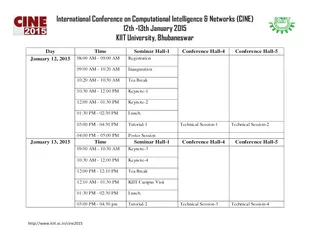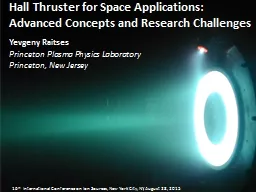PPT-Hall C KPP Demonstration
Author : tatiana-dople | Published Date : 2018-11-18
March 10 2017 GLOSSARY Acronym Description SHMS Super High Momentum Spectrometer NGC Noble Gas Cerenkov HGC Heavy Gas Cerenkov Shower Electromagnetic Calorimeter
Presentation Embed Code
Download Presentation
Download Presentation The PPT/PDF document "Hall C KPP Demonstration" is the property of its rightful owner. Permission is granted to download and print the materials on this website for personal, non-commercial use only, and to display it on your personal computer provided you do not modify the materials and that you retain all copyright notices contained in the materials. By downloading content from our website, you accept the terms of this agreement.
Hall C KPP Demonstration: Transcript
Download Rules Of Document
"Hall C KPP Demonstration"The content belongs to its owner. You may download and print it for personal use, without modification, and keep all copyright notices. By downloading, you agree to these terms.
Related Documents














